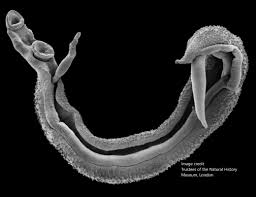chaoter 23: structure & function of the cardiovascular system anf lymphid
1/46
There's no tags or description
Looks like no tags are added yet.
Name | Mastery | Learn | Test | Matching | Spaced |
|---|
No study sessions yet.
47 Terms
caridovascular system
includes the heart veins and capillaries
circulates blood through the body
lymphoid system
plasmaleaves blood capilaries to become interstial fluid
transport interstial fluid to the lymph nodes and vessels
lymphangitis
the inflammation in lymphatic system
red streak following the lymphatic system
node willl be tight
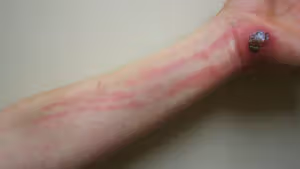
septicemia
acute illness due to the presence of pathogens and their toxins in the blood
sepsis
uncontrollable blood pressure, usually due to an inflammatory response that is elicited against the present health effect
systemic inflammatory responses syndrome ( SIRs)
septicemia leads to
sepsis
septic shock
because of uncontrollable blood pressure, they don’t receive the necessary amount of blood for oxygen,
endocarditis
inflammation of the endocardium ( staphylococcus )
pericarditits
inflammation of the cardium ( sac around the heart)
caused by : streptococcus
myocarditis
inflammation of the heart
grame negative sepsis
toxic shock ( endotoxic sometime exotoxin ) the most common
klebstella spp ( can cause pneumonia)
e.coli- urinary tract infection
pseudomoa eraginosa- wound on the skin ( also lungs)
antibotics can worsent the condition
hospital gained
Gramm- positive sepsis
only exotoxins
caused by: enterococcus faecium and enterococcus
streptococcus agalctiae ( common in new borne due to lack of microbiota
hospital gained
puerperal sepsis ( puerperal fever )
type : gram positive
cause by : streptococcus pyogenes
why we have handwashing
M-protein - attachment & evading phagocytosis ( molecular mimicry)
capsule
SPE ( streptococcal hypogenic exotions )
p
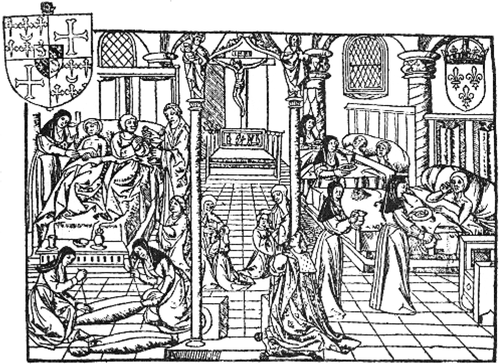
rheumatic fever
autoimmune complication from untreated streptococcus
antibody cross reaction
causes arthritis and day twitching
looks like camel bumps on the elbow

tularemia
type: gram negative, somaotic pathgien
caused by : Francisella tularensis
vector : deer fly ( zoonotic disease )
creates ulcer at sign of the bite
infects macrophages ( inhibits the reproduction of phagocytes )
easily treatable
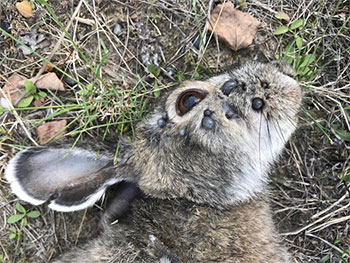
brucellosis ( undulant fever)
type: aerobic gram-negative cocci bacilli
zoonotic - common in cattle, caused death vaccinations are needed
pasteurization
protein( BTpL) inhibits the maturation of dendritic cells compromising active immunity
also inhibits prime inflammatory response relations to prevent cytokines from being released
if untreated a cycles of going away and coming back ( chronic)

Anthrax
associated with cows
type: gram positive, endospore forming aerobic rod
caused by: bacillus anthracic
need some lesion or digestion
found commonly on hide or fur
difference in enter difference in anthrax
necrotic lesions ( black spots )

contnuous anthrax
from lesions of the skin ( low number most common)
intestinal anthrax
ingest the bacteria ( high concentration needed)
what are the three virulence factors for anthrax
lethal toxin
edema toxin
protective antigen
lethal toxin
targets and kills macrophages
edema toxin
associated with inflammatory response, cause local swelling and interferes with phagocytosis
Amino acid capsule
defining feature of Anthrax
avoid immune response
protective antigen
binds the toxin to target cell, permitting their entry
Gangrene ( gas gangrene)
Caused by : colostridum prefringes
type: gram positive, endospore forming
two main virulence factor : neotxion hydrolunidase and CPB necrosis toxin
caused necrotic tissue
enters through a cut or lesion on the skin
treatment:
hybermic chamber or just cutting it off

cat-scratch disease
caused by bartonella nenselae
type: aerobic, gram negative
mild infections that usually goes away on its own
creates a pore, like a straw to take nutrients from inside the red blood cell
common in cats ( acquired through fleas )
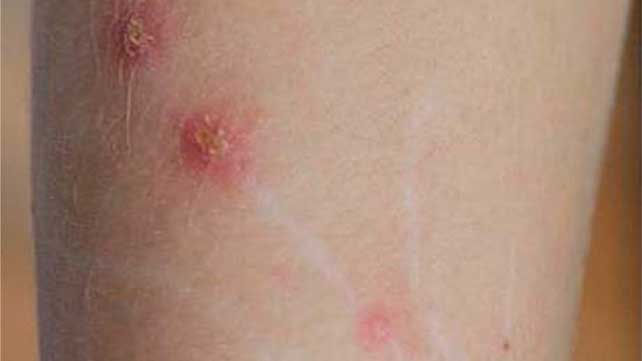
plagues
cause by : Yersinia Pestisi
type: Gram-negative rod
sever necrosis
produces a Varity of proteins and toxins that all lead to necrosis ( YOPS)
biggest issue, cause vascular collapse through the endothelia lining of the cardiovascular system —> collapse of the platy tissues —> necrosis
torture of a flea using biofilms
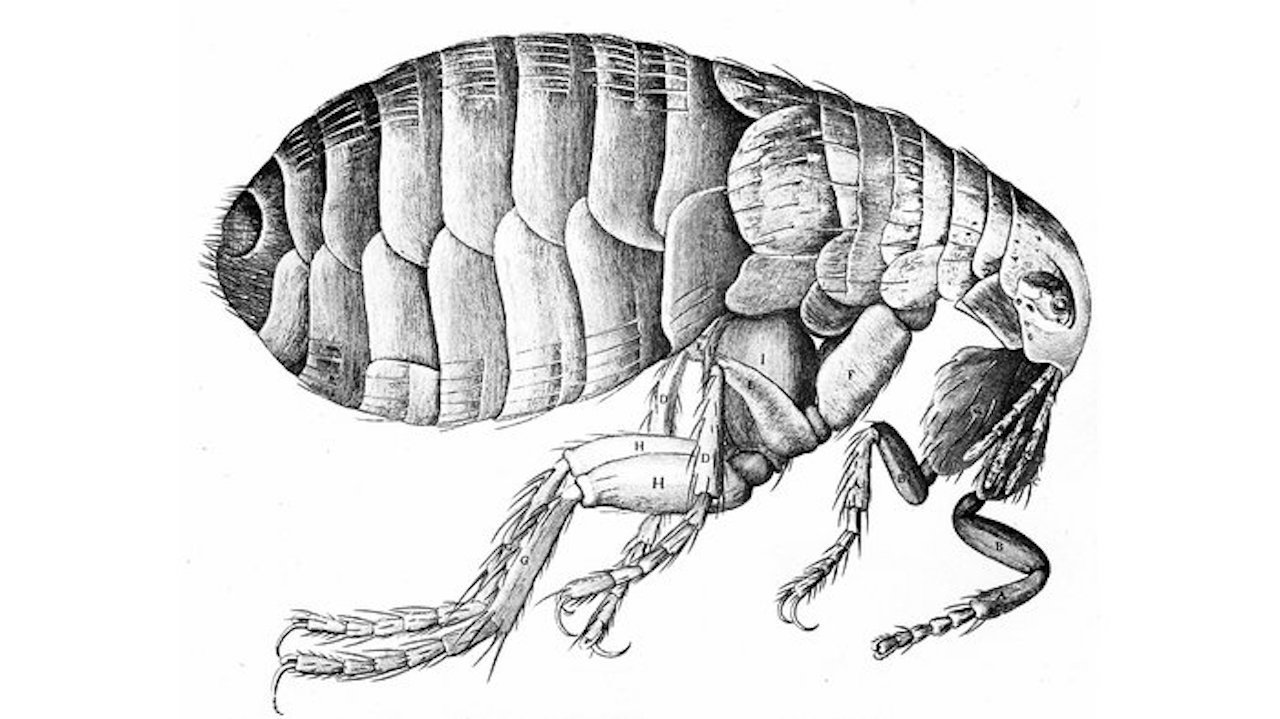
bubonic plague
bacteria growth in the blood and lymph nodes ‘most common form , 50-75% mortility rate
pneumonic plague
biggest concern
bacteria in the lung —> droplet transmission
near 1005% mortify rate
need prophylactic treatment to prevent infection from developing
septicemic plague
systemic disease involving infection of the blood and is most commonly spread by bites from infected fleas.
Lyme disease ( Lyme borreliosis )
caused borrelia burgdorferi
vector :ticks
is a spirochete, affect first degree shape
has three phases
known for bulls eye rash
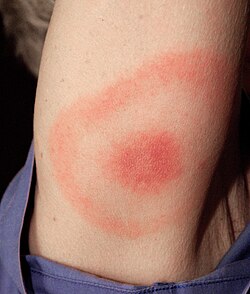
what is the first phase of Lyme disease ?
bulls eye rash, flu-like symptoms
center rash from a tick bite
outer rash from the bacteria, as it moves away from the bite ( migrating rash)
what is the second phase of Lyme disease ?
irregular heartbeat, encephalitits, facial paralysis ( from inflammations of the brain tissue )
what is the third phase of Lyme disease ?
arthritis due to immune response may raise months to a year later
post Lyme syndrome
still experiencing signs and symptoms associated with Lyme disease although the pathogen is all read treated
rickettsia disease
caused by : Rickettsia spp
type : obligate intercellur parasite or aerobic gram negative bacteria
vectors: arthropods
cannot produce ATP, so has to steal it from other organisms
mutiples and infect the endothelial cells of the vascular system
block and rupture the small blood vessels
Rocky Mountain Spotted Fever
caused by: Rickettsia rickettsia
Vector: ticks ( dog or wood)
flu like
Rash is systemic ( clusters on the hands and feet
infects the endothelial cells
multiples, exits, and explodes the cell
Takes a piece of the exploded cell and uses it to protect themselves from white blood cells

Dengue & sever dengue
caused by: Flavivirus Dengue virus ( DENV)
Vector : aedes Egyptian mosquitoes
sever dengas uses antibodies enhancement ( high jacking antibodies to gain access to the host cell )
vaccine is available but not give to people who have never had the infection
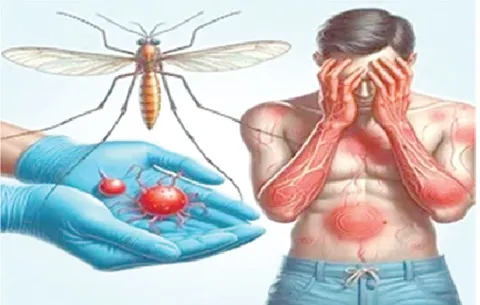
dengue
first infection
symptomatic
mild
Se
Sever dengue
second infection
causes damage, hemorregineg and internal bleeding
Severe because of the Immune response
Take advantage of a memory component
Use antibodies to target the cell
when people open the door and they say “hold the door “
Chagas disease ( America trypanosomiasis )
Caused by : Trypanosome Cursi
type: Flagellated protozoan
Vector: reduvilf bug (kissing bug )
feed primarily on the face
poops in the wounds = pathogen introduced
usually an acute infection
fever
swollen glands
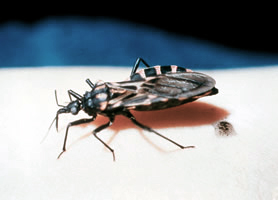
if chagas is not treated it can develop into a___?
chromic disease
more sever
mehesophagues
mega color
structures enlarge to prevent them from function properly
myocarditis
Toxoplasmosis
Caused by toxoplasma gondii ( crazy cat person syndrome)
has a really broad host range
steps :
oo cyctes infect intermidet host ( CAT)
sporgany in poop ( asexual )
create sporocites that invade animal tissue
change in to bradoyzites ( infection form, where we actually get sick )
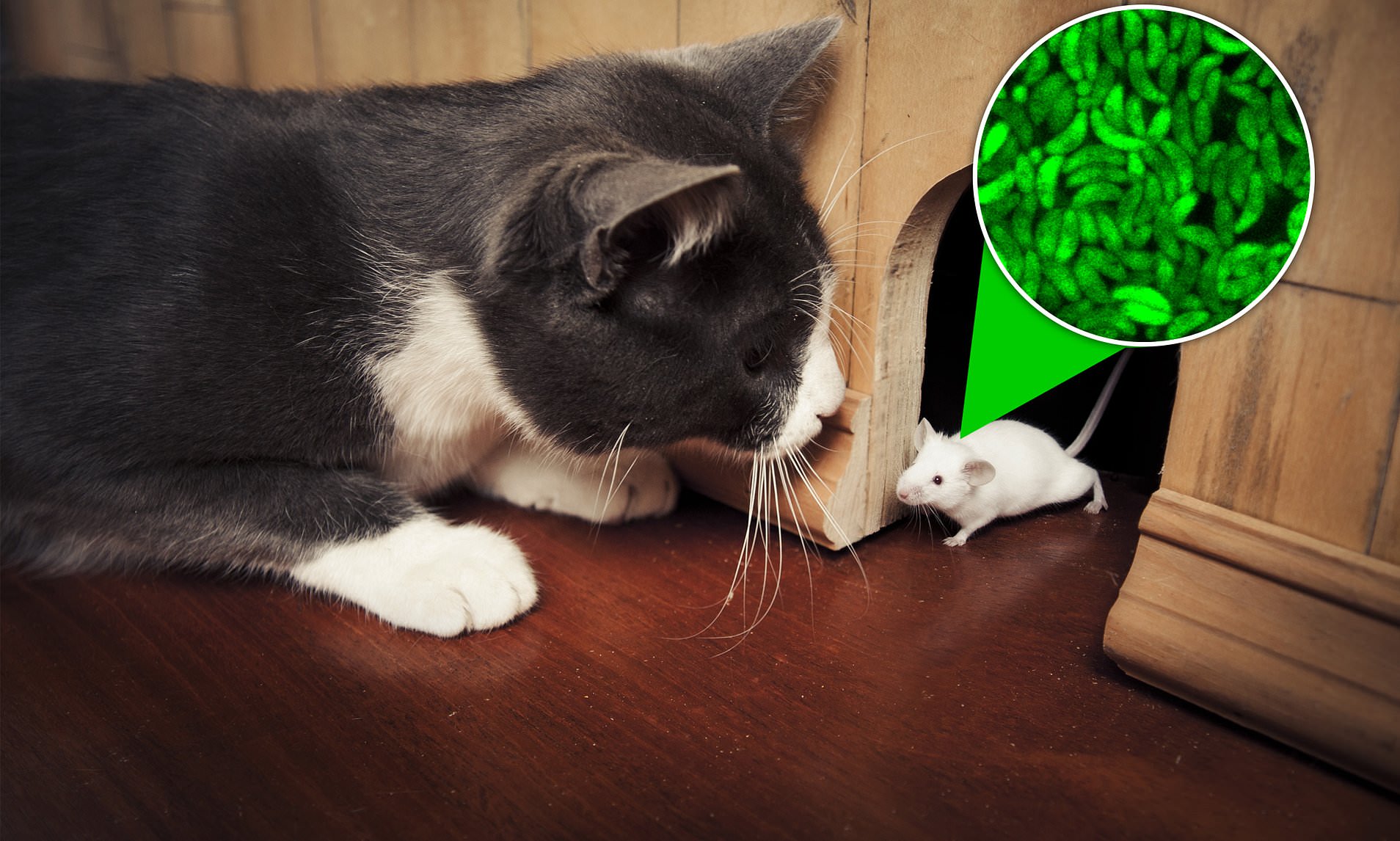
Malaria
caused by : Plasmodium Parasites ( protozoan )
Vector : anoheles mosquito
caused by multiple species
So Many Godamn Zites Stop !
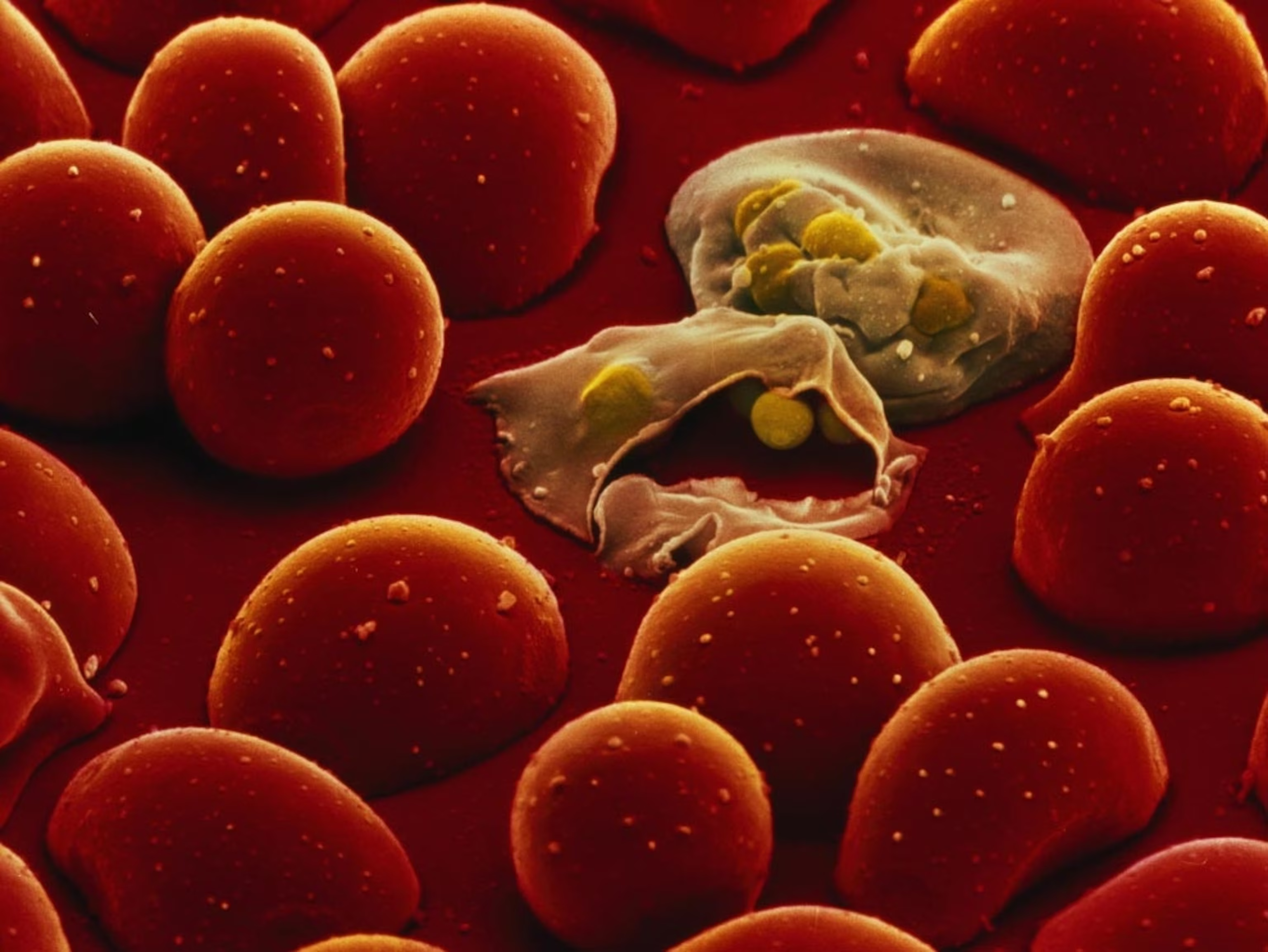
Plasmodium vivax
mildest and most prevalent form , dormant in the liver for months to years
Plasmodium falciparum
most deadly ; sever anemia
Schiosmiasis
Caused by: small flukes Schistosoma (Schistosoma mansoni) helminth
vector: feces or urine ( contaminated water )
have definitiev and intermidet host
human =defintive
water snails = intetmidet
need both male and female
We are exposed to the cerciea
can cross the skin
fish like tail
can cause damage to the liver
potbelly
can log into the blood tissues, causing granulomas
